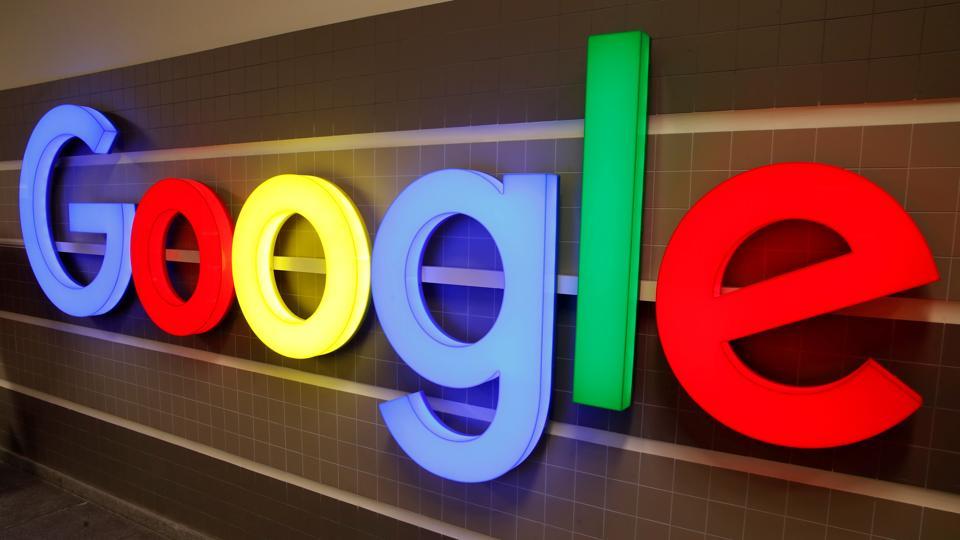Google knows its audience pretty well. As we all know that India is the second-largest country when it comes to population but what not many of us know the fact that India also has the second-largest digital market and the Internet population of over 500 million which is further expected to become 650 million by 2020. Google keeping this in mind has at several occasions collaborated with various Indian agencies like the Ministry of Housing and Urban Affairs for the “Loo Review” campaign has targeted towards ‘India first’ features.
Under the ‘India first’ campaign, Google back in 2014 introduces “Voice Search” in India which offered native Hindi speakers to navigate the web using Hindi. This initiative has resulted in Google’s AI-powered assistant: Google Assistant to be able to read internet content in 28 regional languages including Hindi, Bengali, Malayalam, Marathi, and Tamil.
“By focusing on voice and vernacular, Google is innovating for a new generation of mobile-first, and mobile-only Internet users, connecting the unconnected, and enabling them to access and experience, Google’s suite of products and platforms,” Prabhu Ram, Head, Industry Intelligence Group (IIG), CMR, told IANS.
‘Stay Safer’ for Google Maps which was introduced back in June this year is one of the most notable features to be introduced under the India-first initiative. It has been designed to offer public transport users with less traffic and also avoid being taken through a longer route unnecessarily. ‘Stay Safer’ sends a buzz notification to the user whenever the driver seems to be deviating by more than 0.5 km from the Google Maps’ suggested route which they can tap on to compare with the original route.
“Innovating for India’s digital surge provides Google with opportunities to experiment, iterate, fail-fast, as well as scale successful made-in-India solutions globally,” noted Ram.
Google also took a step forward in September 2018 to make people of India aware of the usage of toilets by partnering up with the Ministry of Housing and Urban Affairs for the “Loo Review” campaign by encouraging all local guides in India to rate and review public toilets on Google Maps. After being reviewed, it becomes much easier for citizens to locate public toilets in their cities on Google Maps, Search and Google Assistant and also provide feedback. Google Maps today has more than 45,000 community and public toilets as part of the campaign.
Furthermore, the government sector in India is also actively involved and is exploring Google’s Cloud business as more and more organizations are shifting to Cloud and leaving behind the traditional web hosting and other services behind. As Nasscom reports, Cloud spending in India is estimated to grow at 30 per annum to cross the $7 billion mark by 2022.
“There are over 26 million listings that have been set up by businesses. There are about 58.5 million SMBs in India and 45 percent of them have a presence on Google Maps and Google Search. We’re continuing our efforts on that,” Shalini Girish, Director, Google Customer Solutions, India, recently told IANS.
Google’s Unified Payments Interface (UPI) along with Tez feature, Google Pay was launched in 2017 and has over 25 million monthly active users (MAUs) in India.
In order to make public transport travel smoother and comfortable, Google in June 2019 introduced bus travel times from live traffic in 10 of the largest cities in India along with live train status for trains and mixed-mode commute suggestions that combine both auto-rickshaw and public transport.
In July, Google Maps further introduced 3 new features for Indian users, help them discover new local restaurants and places and also get personalized recommendations for a better dining experience, including an “Offers” section to help them find deals and claim them at restaurants in 11 cities. This feature was made available in Delhi, Mumbai, Bengaluru, Pune, Chennai, Kolkata, Goa, Ahmedabad, Jaipur, Chandigarh and Hyderabad.
Google also teamed up with Cisco to launch a free, high-speed public Wi-Fi access in India.

